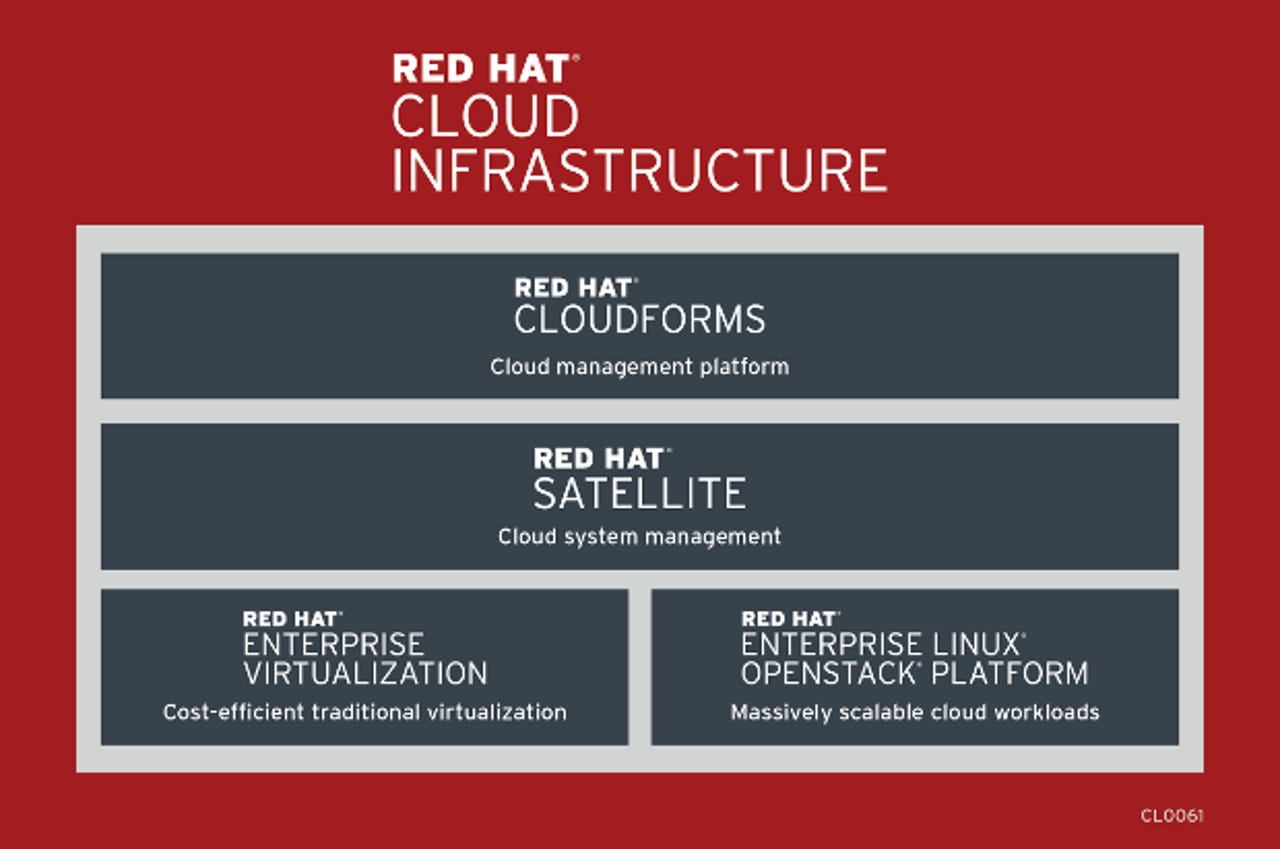Red Hat moves deeper into cloud analytics

Yes, Red Hat is a Linux company. But, it's more than that. Back in 2011, Red Hat CEO Jim Whitehurst told me the Platform-as-a-Service (PaaS) cloud would be Red Hat's future. Today, at Red Hat Summit in Boston, Red Hat made it clear that it wants to be a cloud analytic powerhouse as well.

RHAI is a service designed to help customers pro-actively prevent and resolve issues impacting critical cloud operations. It's meant to provide IT managers and system administrators with better visibility into their Red Hat infrastructure, and focuses on four critical areas: performance, availability, stability, and security.
With it, managers can be alerted to potential issues before they can blow up into real problems. For example, with RHAI's dashboard, troubles such as configuration problems or security vulnerabilities can be spotted identified, and corrected or intercepted before they grow large enough for your end-users or customers to notice.
RHAI is supported on RHEL 6 and 7. It can be accessed via the Red Hat Customer Portal or Red Hat Satellite. It is also available by way of an early adopter program. Red Hat Cloud Infrastructure 6, and delivered through the Customer Portal or Red Hat CloudForms.
Red Hat also introduced updates to its other cloud management programs.
- Red Hat Cloud Infrastructure 6: The latest version of its comprehensive management solution, from traditional data-center virtualization to OpenStack-powered clouds, now has a new, unified installation experience. The unified installer is designed to enable smoother deployment of a complete private cloud.
- Microsoft System Center Virtual Machine Manager (SCVMM)-based private cloud support in Red Hat CloudForms 3.2. Would you believe Red Hat is supporting a Microsoft program with a cloud analysis program? Believe it. CloudForms already supports VMware vSphere, Red Hat Enterprise Linux (RHEL) OpenStack Platform, Red Hat Enterprise Virtualization, and Amazon Web Services.
Red Hat CloudForms also includes a preview feature that enables to monitor containers running on RHEL OpenStack, VMware vSphere, Amazon Web Services, Microsoft Hyper-V, and Red Hat Enterprise Virtualization. It also now integrate with Google's Kubernetes orchestration technology on Red Hat Atomic Enterprise Platform and OpenShift Enterprise.